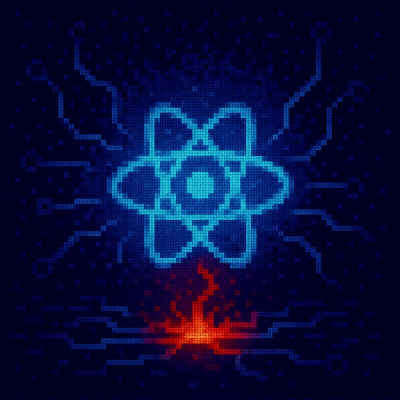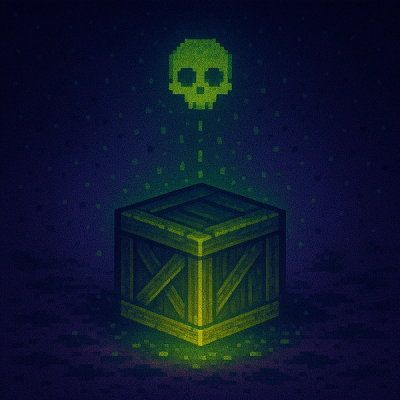
Security News
Critical Security Vulnerability in React Server Components
React disclosed a CVSS 10.0 RCE in React Server Components and is advising users to upgrade affected packages and frameworks to patched versions now.
firecomponent
Advanced tools
Declarative components that bind data to firebase
npm install --save firecomponent
Install all the components:
import Vue from 'vue'
import Firecomponent from 'firecomponent'
Vue.use(Firecomponent)
Use specific components:
import Vue from 'vue'
import { Test } from 'firecomponent'
Vue.component('test', Test)
⚠️ A css file is included when importing the package. You may have to setup your bundler to embed the css in your page.
Install all the components:
import 'firecomponent/dist/firecomponent.css'
import Firecomponent from 'firecomponent/dist/firecomponent.common'
Vue.use(Firecomponent)
Use specific components:
import 'firecomponent/dist/firecomponent.css'
import { Test } from 'firecomponent/dist/firecomponent.common'
Vue.component('test', Test)
⚠️ You may have to setup your bundler to embed the css file in your page.
<link rel="stylesheet" href="firecomponent/dist/firecomponent.css"/>
<script src="vue.js"></script>
<script src="firecomponent/dist/firecomponent.browser.js"></script>
The plugin should be auto-installed. If not, you can install it manually with the instructions below.
Install all the components:
Vue.use(Firecomponent)
Use specific components:
Vue.component('test', Firecomponent.Test)
Install all the components:
import Vue from 'vue'
import Firecomponent from 'firecomponent/src'
Vue.use(Firecomponent)
Use specific components:
import Vue from 'vue'
import { Test } from 'firecomponent/src'
Vue.component('test', Test)
⚠️ You need to configure your bundler to compile .vue files. More info in the official documentation.
TODO
TODO
The first time you create or clone your plugin, you need to install the default dependencies:
npm install
This will run webpack in watching mode and output the compiled files in the dist folder.
npm run dev
While developping, you can follow the install instructions of your plugin and link it into the project that uses it.
In the plugin folder:
npm link
In the other project folder:
npm link firecomponent
This will install it in the dependencies as a symlink, so that it gets any modifications made to the plugin.
You may have to login to npm before, with npm adduser. The plugin will be built in production mode before getting published on npm.
npm publish
This will build the plugin into the dist folder in production mode.
npm run build
FAQs
Declarative components that bind data to firebase
The npm package firecomponent receives a total of 0 weekly downloads. As such, firecomponent popularity was classified as not popular.
We found that firecomponent demonstrated a not healthy version release cadence and project activity because the last version was released a year ago. It has 1 open source maintainer collaborating on the project.
Did you know?

Socket for GitHub automatically highlights issues in each pull request and monitors the health of all your open source dependencies. Discover the contents of your packages and block harmful activity before you install or update your dependencies.

Security News
React disclosed a CVSS 10.0 RCE in React Server Components and is advising users to upgrade affected packages and frameworks to patched versions now.

Research
/Security News
We spotted a wave of auto-generated “elf-*” npm packages published every two minutes from new accounts, with simple malware variants and early takedowns underway.

Research
/Security News
Malicious Rust crate evm-units disguised as an EVM version helper downloads and silently executes OS-specific payloads likely aimed at crypto theft.